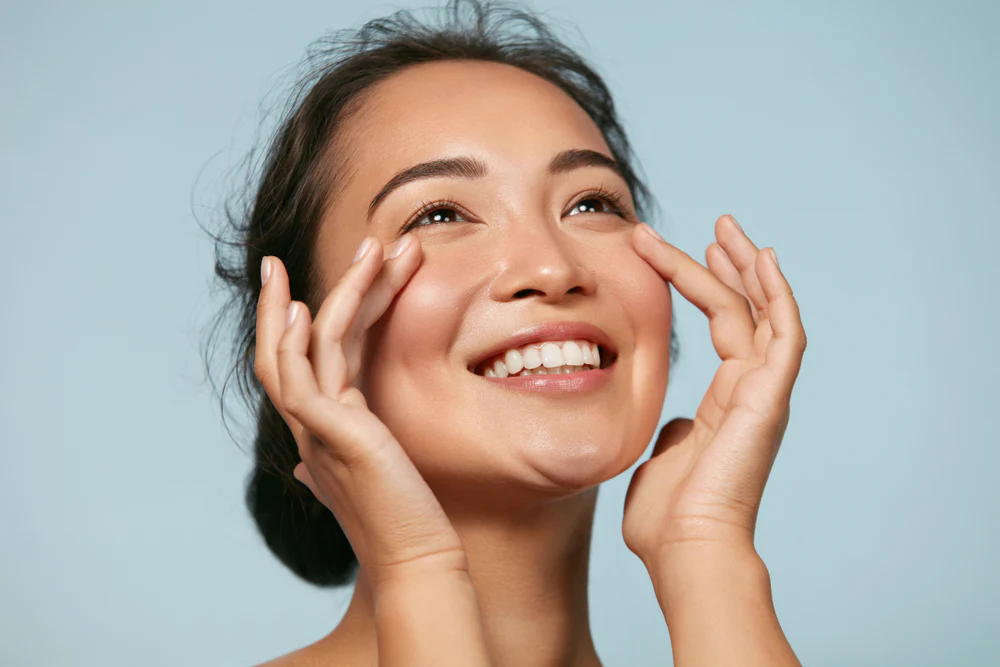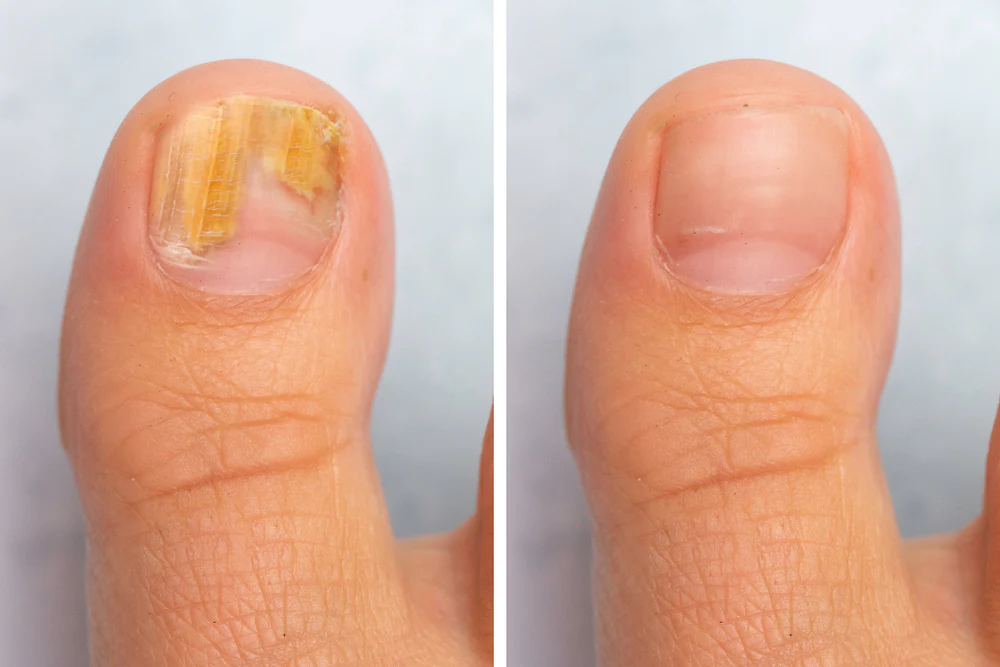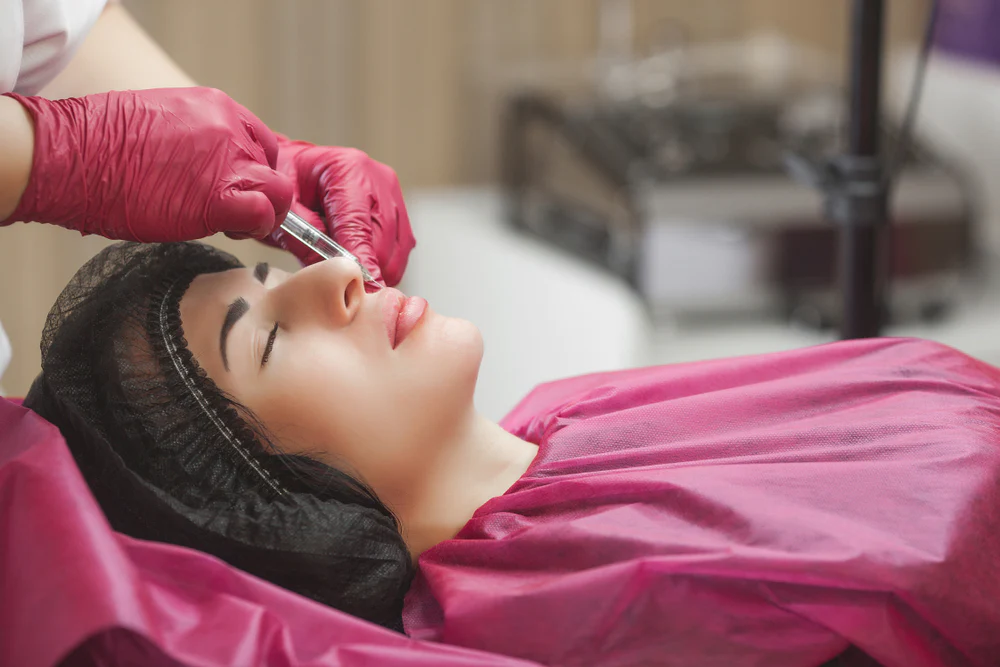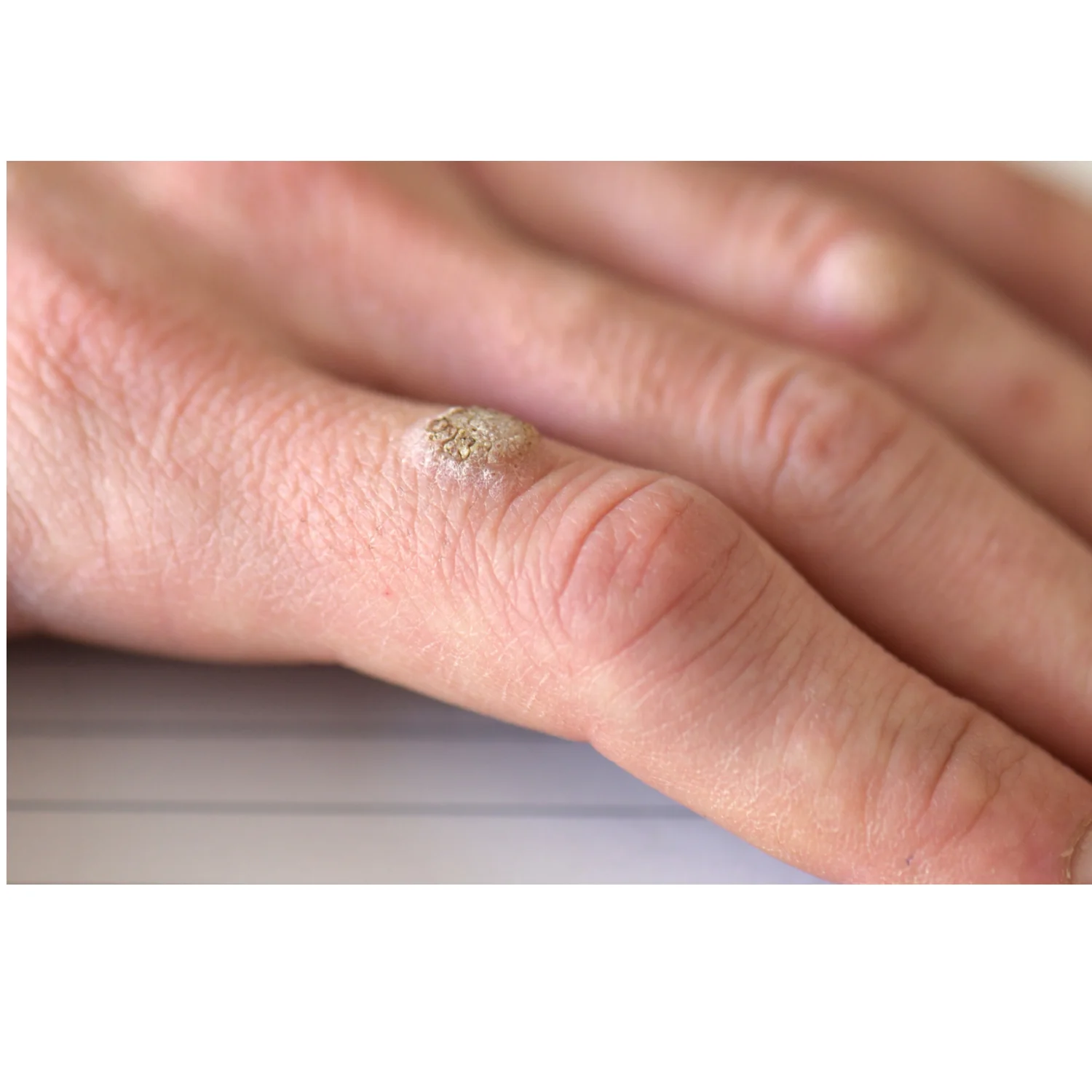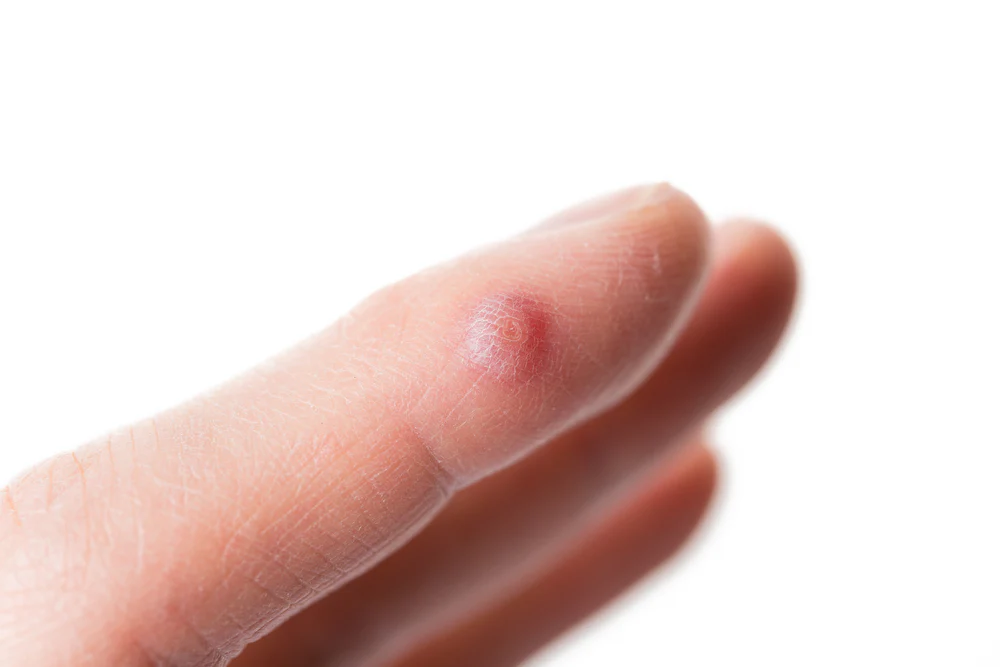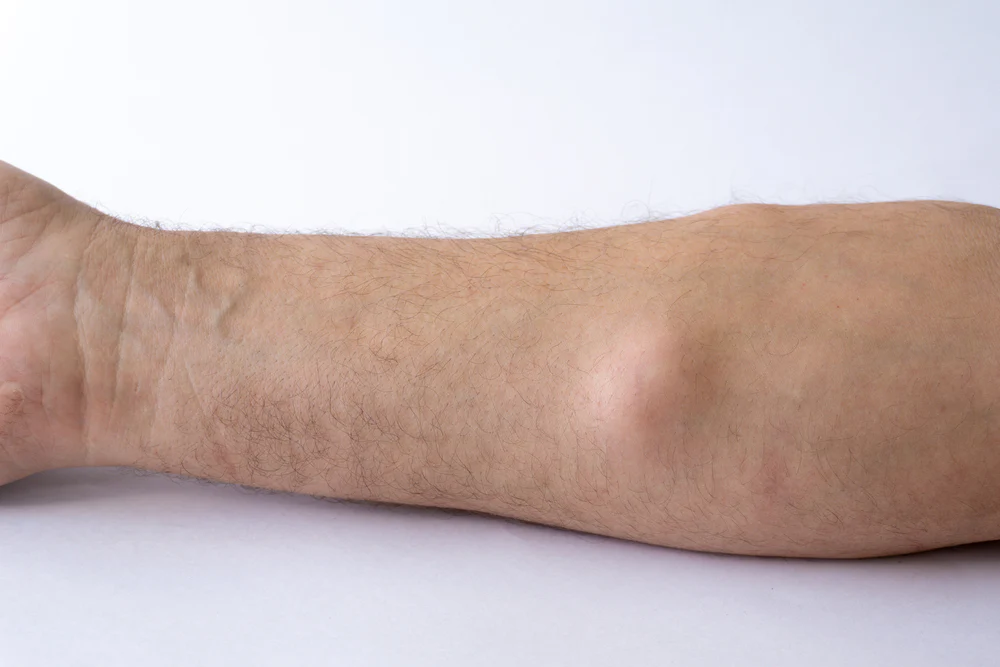Can Nail Fungus Be Removed Naturally? A Dermatologist’s Perspective
Nail fungus is a common condition that affects many people, and it can be difficult to treat. While there are several medications and treatments available to address nail fungus, some people may wonder if it is possible to remove it naturally. In this blog, we will explore whether nail fungus can be removed naturally and provide expert insight from a dermatologist's perspective.
Understanding Nail Fungus
Before we dive into natural remedies for nail fungus, it's essential to understand what causes it. Nail fungus, also known as onychomycosis, is a fungal infection that affects the nails. It typically starts as a small white or yellow spot under the nail and can spread to other nails if left untreated. Nail fungus can cause the nail to thicken, become brittle, and even detach from the nail bed.
Natural Remedies for Nail Fungus
Several natural remedies claim to treat nail fungus, including:
Tea tree oil: This essential oil has antifungal properties and is commonly used to treat nail fungus. Apply it to the affected area with a cotton swab twice a day.
Apple cider vinegar: Soak your affected nails in a solution of apple cider vinegar and water for 15-20 minutes twice a day.
Coconut oil: Apply coconut oil to the affected nails twice a day. It contains antifungal properties that can help eliminate the fungus.
Baking soda: Mix baking soda with water to make a paste and apply it to the affected nails. Leave it on for 10-15 minutes before rinsing off.
Expert Insight from a Dermatologist
While natural remedies may seem like a quick and easy solution for nail fungus, they are often not as effective as medical treatments. According to Dr. Maria Gonzalez, a dermatologist at Revitalise London Dermatology Clinic, "Natural remedies for nail fungus can be helpful in some cases, but they are not a substitute for medical treatment. If you suspect you have nail fungus, it's best to see a dermatologist for an accurate diagnosis and treatment plan tailored to your unique needs."
Medical treatments for nail fungus may include oral medications, topical antifungal treatments, and laser therapy. These treatments are proven to be effective in treating nail fungus and can prevent it from coming back.
If you're struggling with nail fungus, natural remedies may not be the most effective solution. At Revitalise London Dermatology Clinic, our experienced dermatologists provide personalized care and effective treatments to help you achieve healthy, clear nails. Contact us today to schedule a consultation and learn more about your treatment options.

